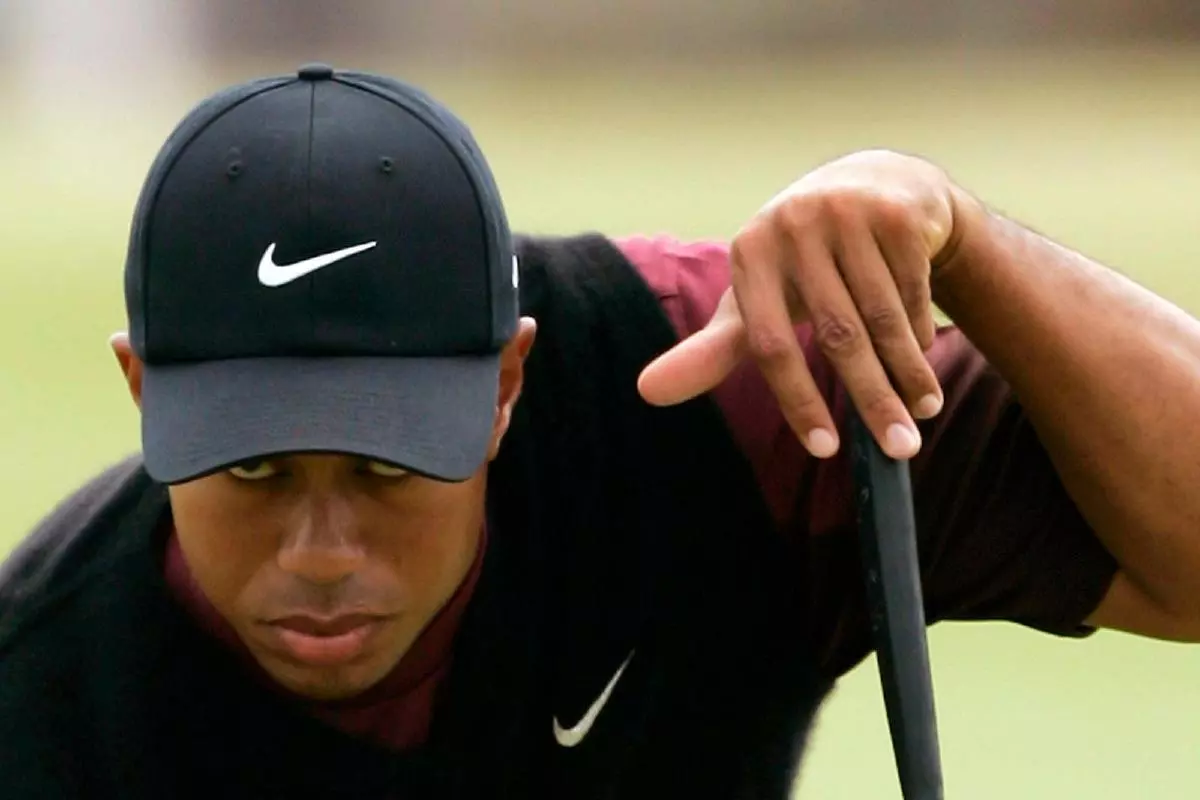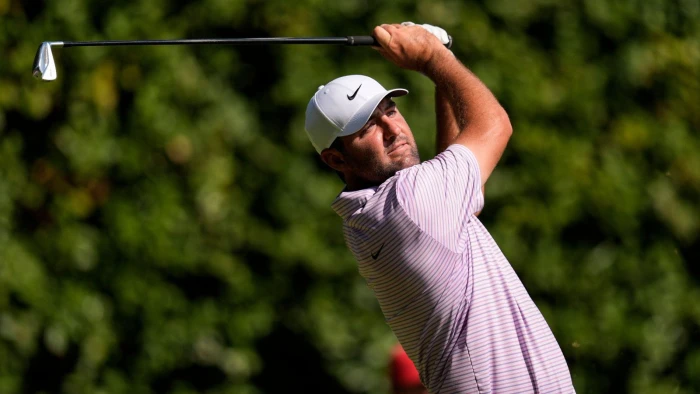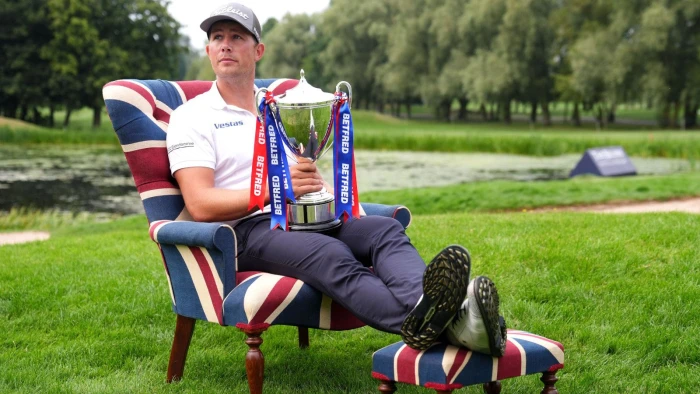Who will win the 150th Open? Six key trends to identify Major, Claret Jug and Old Course winners

Tiger Woods at the 2005 Open
Collin Morikawa is all set to defend the title he won at Royal St. George’s last year. Will he succeed? Who might succeed him?
Who will create history and become a St Andrews Champion at The 150th Open? ? ? pic.twitter.com/67Q3j9rnbr
— The Open (@TheOpen) July 3, 2022
Open form essential
But since the double back-to-back triumphs of Tiger Woods (2005, 2006) and Padraig Harrington (2007, 2008) the Open winners have often triumphed in spite of poor Open form.
Revered by millions. Conquered by a chosen few.#Rolex#TheJourney pic.twitter.com/2s8CW99oTf
— The Open (@TheOpen) July 2, 2022
Two tyros had threatened to win the championship among general struggles: Rory McIlroy had been third but it was his only top 20 in half a dozen starts ahead of his 2014 victory and Jordan Spieth was one shot out of the play-off in 2015, his only finish better than T30th in four starts before winning in 2017.
The Old Course demands a fast start
The rolling fairways of the Old Course, where’s your favourite place to watch golf? pic.twitter.com/jP5yad3ZjT
— Alfred Dunhill Links Championship (@dunhilllinks) June 26, 2022

